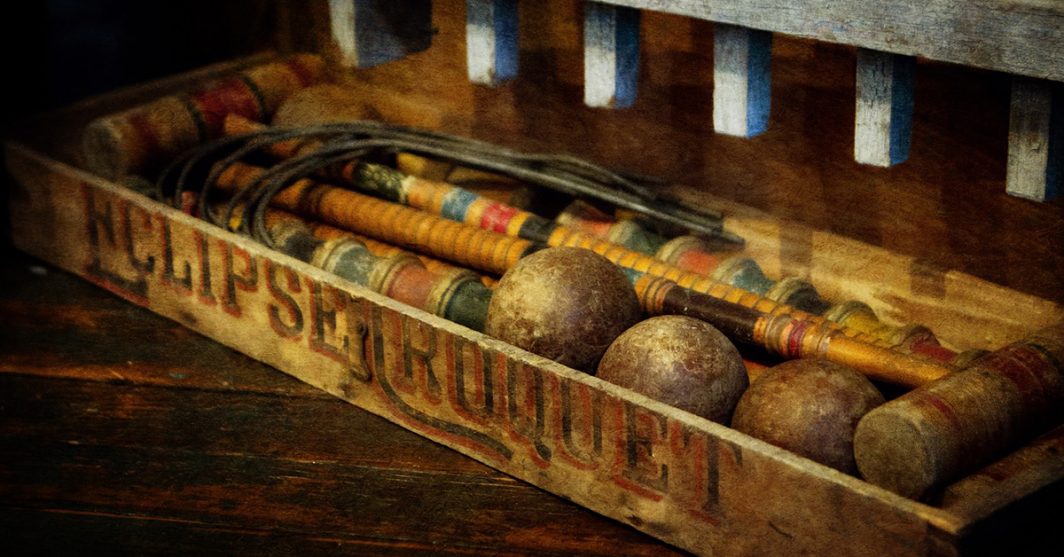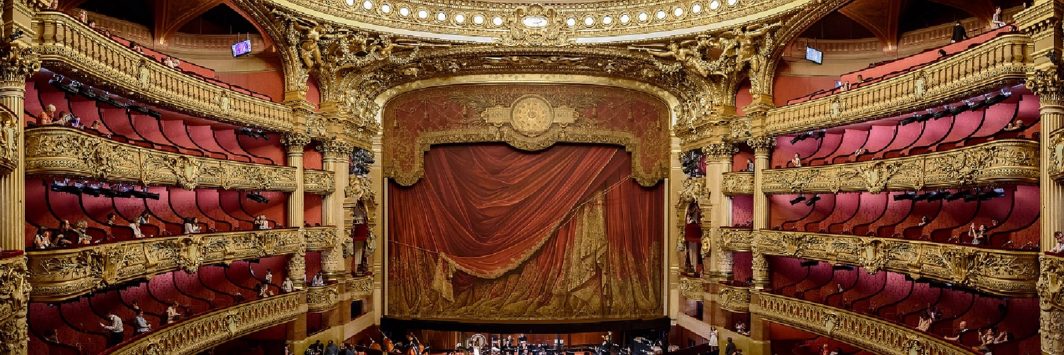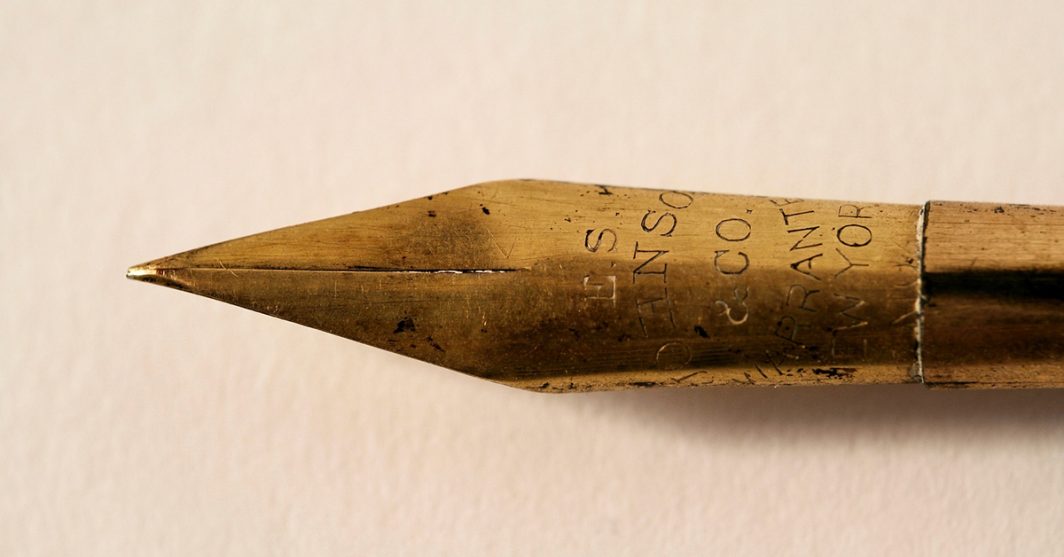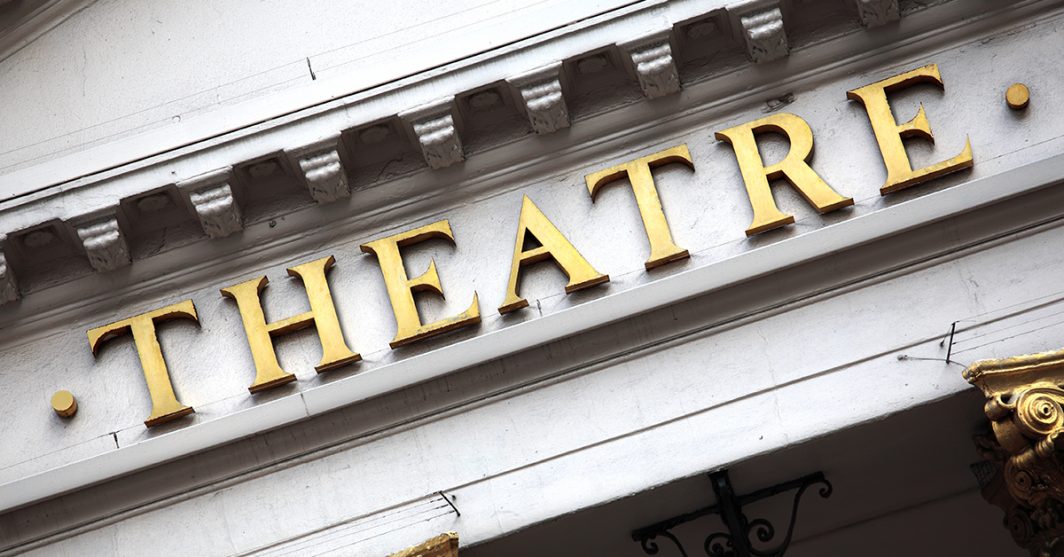W.S. Gilbert bought Grim’s Dyke in August 1890 and, by May 1910, he’d had an observatory built at Grim’s Dyke, complete with the latest telescope. Like many affluent Victorians of that time, he wanted to indulge in his latest passion for star gazing. However, the Victorian’s passion for astronomy also played an important part in the progression of this area … Read More
Frank Holl: English painter and Royal portraitist
W.S. Gilbert had a love of paintings. Not only did he have a collection that included the likes of Duncan, Giorgione, Tintoretto, Maes, Van der Kappelle, C. Van Everdingen and an early Tenniel, but he also liked to set up an easel in the Drawing Room and paint sunsets himself. One of the most impressive paintings in this room though, … Read More
Caesar van Everdingen – one of W.S. Gilbert’s favoured painters
Caesar van Everdingen (1617-1678), also known as Caesar Pietersz was a 17th Century Dutch painter. He was a Baroque artist, focusing primarily on portrait and history, and was also known to be one of the painters from the period known as the Dutch Golden Age. W.S. Gilbert the Art Collector W.S. Gilbert loved collecting curios and art – one of … Read More
Why the Victorians loved the game of croquet
It is thought that croquet was introduced in England in the early 1850’s, although its origins are still unclear. It was considered a most suitable pastime for the Victorian women and young girls, with its popularity quickly spreading overseas too. Why? Because it could be played alone or with others, it wasn’t too taxing for females, didn’t need strength and … Read More
The Victorian sunken garden
Sir William Gilbert added the sunken rose garden at Grim’s Dyke in the late 19th Century. Sunken rose gardens became very popular in the Victorian area, growing in popularity throughout the Edwardian period of the early 1900s. It could be that Sir William added in this delightful secluded area, as he knew how much Lady Gilbert loved gardening – and … Read More
W.S. Gilbert and the accomplishment of a lifelong dream
On 13th February 1878, W.S. Gilbert finally got to realise his lifelong dream. That date was the Gaiety Theatre’s Wednesday Matinee performance of a pantomime Burlesque, entitled The Forty Thieves. It was a charity production that listed, among other amateur and professional actors, W.S. Gilbert – playing the part of Harlequin. The Forty Thieves was created as a charity benefit, … Read More
The Carl Rosa Opera Company
Karl August Nicolaus Rose was born in Germany, on 22nd March 1842. A child prodigy and impresario, Rose (or Rosa, when he subsequently changed his name), was an important figure in the music industry. He played a huge role in illustrating the artistic and financial success of English opera, at time when it wasn’t considered a major player in the … Read More
Our Boys actress Kate Bishop
Kate Bishop was born in Bristol, 1848. She was a child actress, acting from the age of 15. Although her most famous stage role was as Violet Melrose in H.J. Byron’s Our Boys, she also acted in a trio of new plays – written by W.S. Gilbert. Bishop had a run of Gilbert’s plays during 1871 – acting in Randall’s … Read More
William Gilbert – an early influence on W.S. Gilbert?
In 1861, a 26-year-old W.S. Gilbert began supplementing his income by writing illustrated stories, poems and articles of his own. During this period, his series of illustrated poems, the ‘Bab Ballads’ became increasingly popular. However, W.S. Gilbert also illustrated the poems and short stories for others during this period – including those of his father, William Gilbert. Although William Gilbert … Read More
W.S. Gilbert – Stage Director
W.S. Gilbert wrote several plays and burlesques in his early years, especially whilst with the German Reed’s. It allowed him to develop his personal style and to control all aspects of production. However, it was in the following years that he honed his knowledge of stage direction, by following the likes of James Planché and Tom Robertson. James Planché A … Read More











